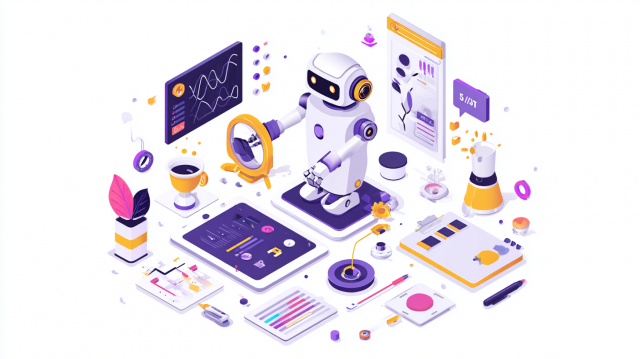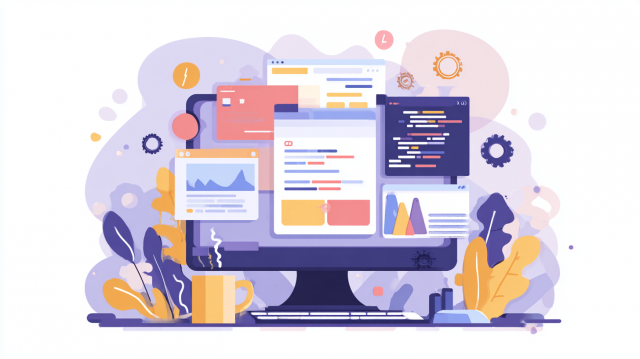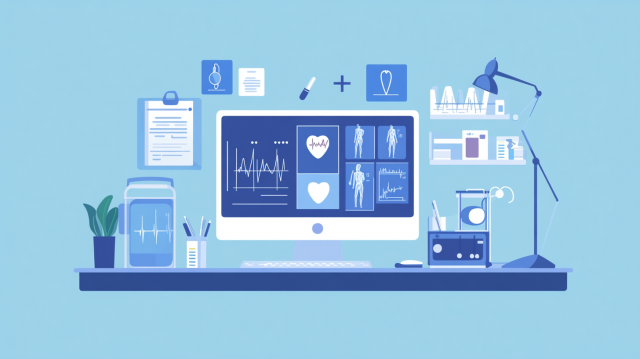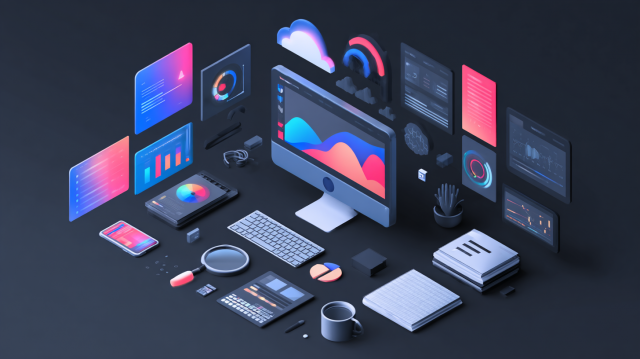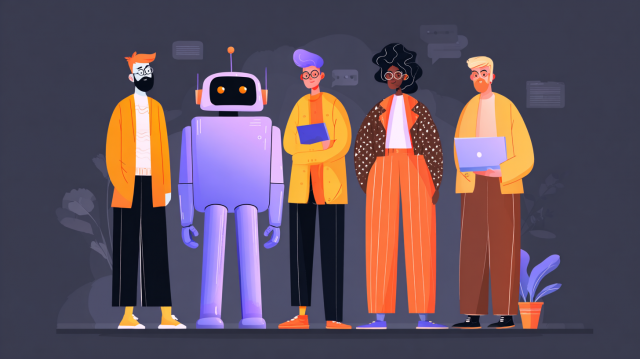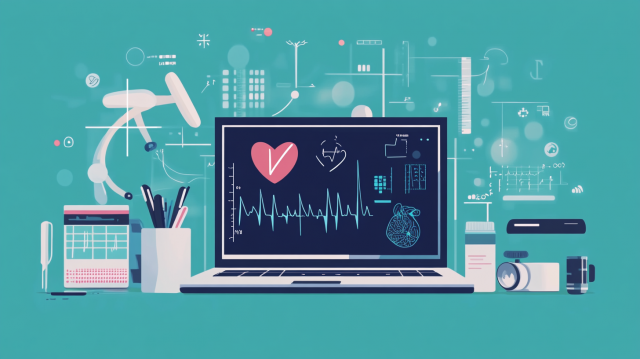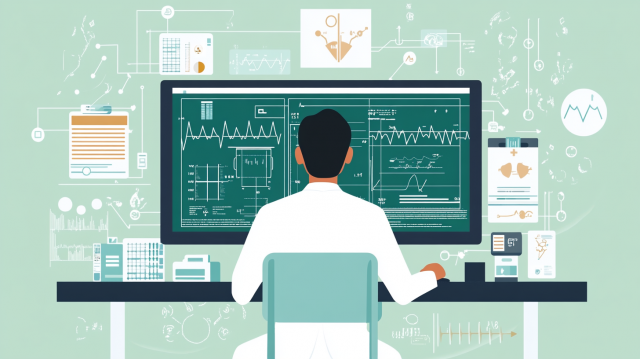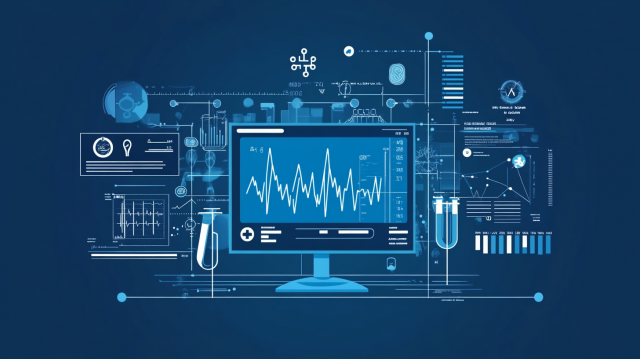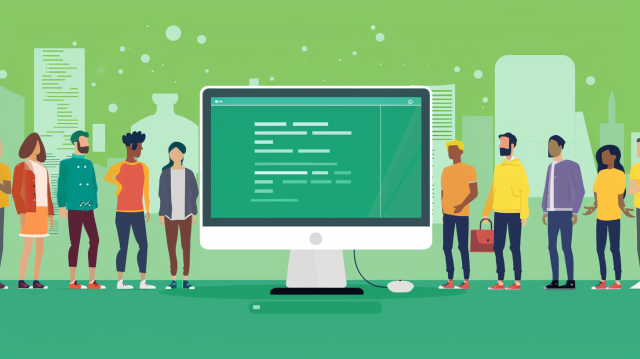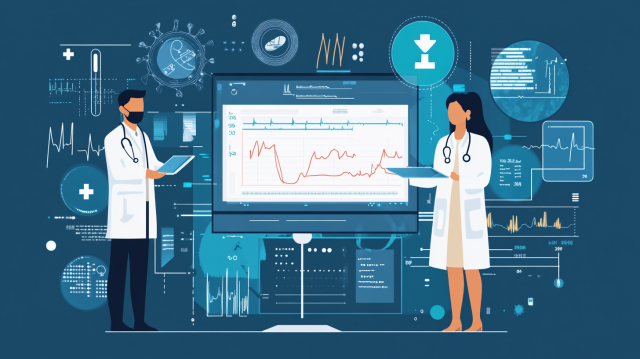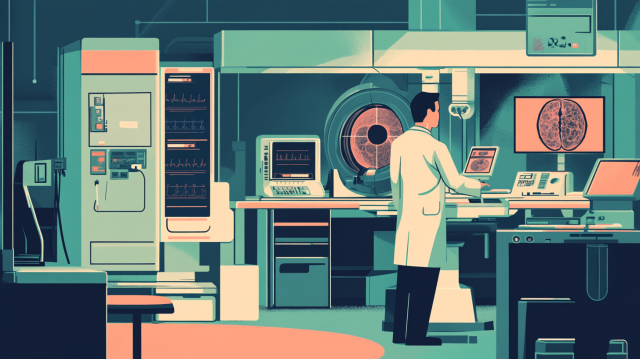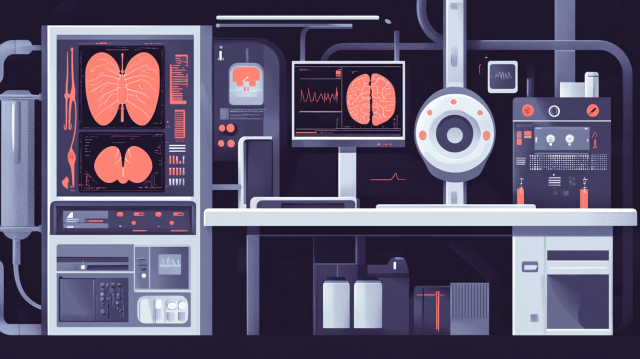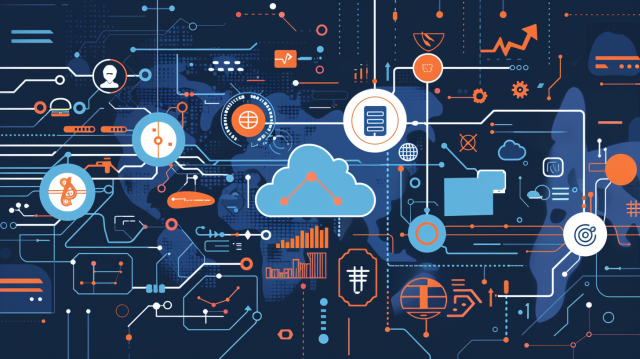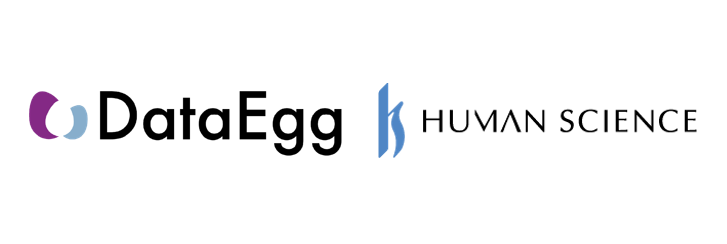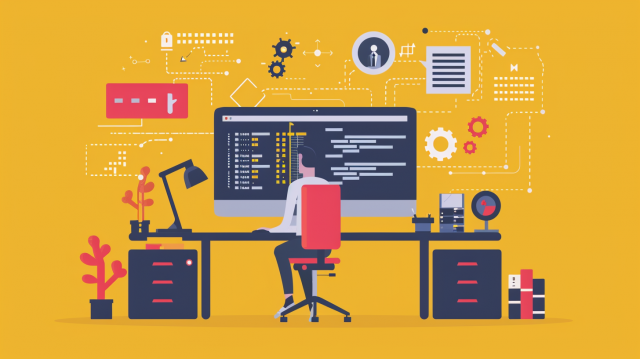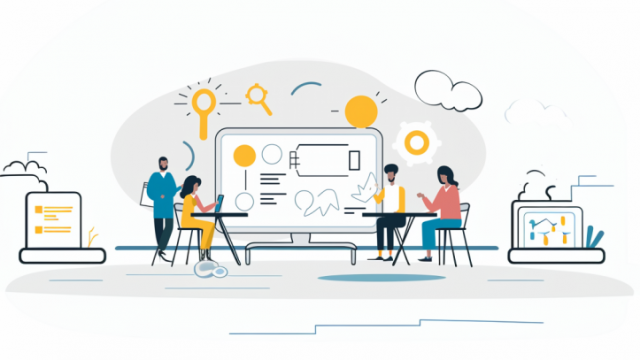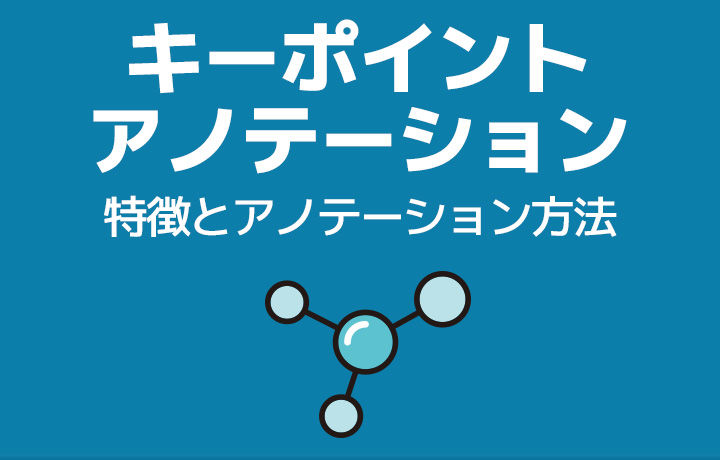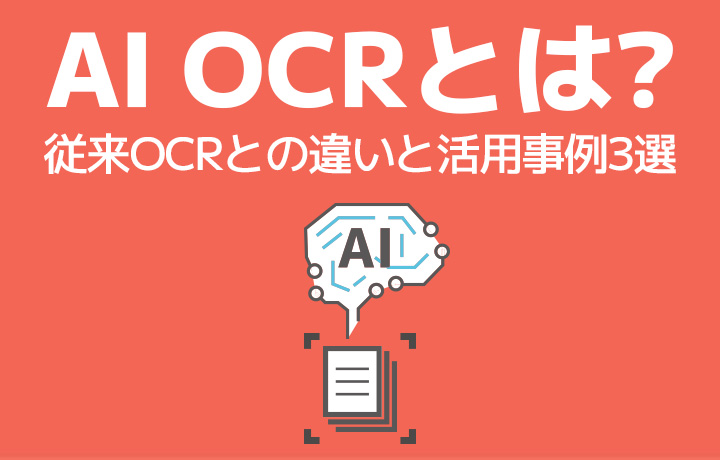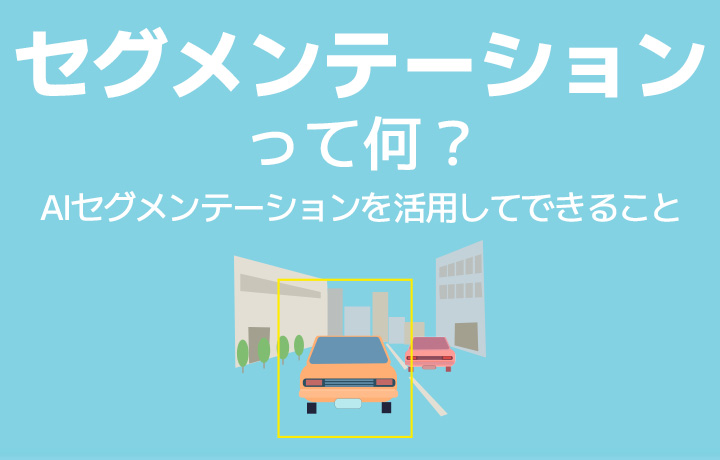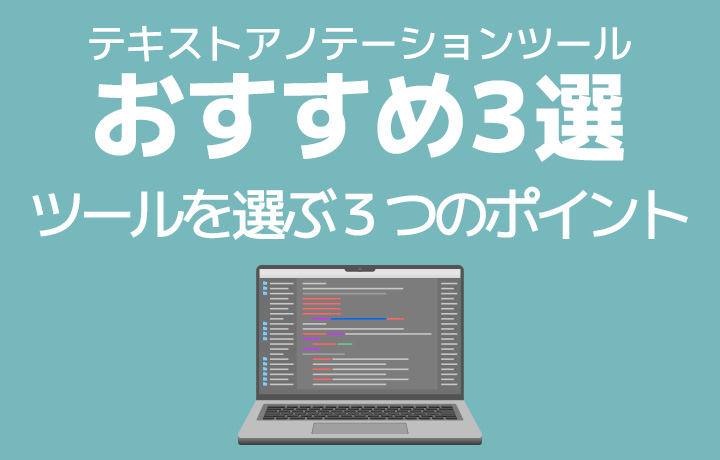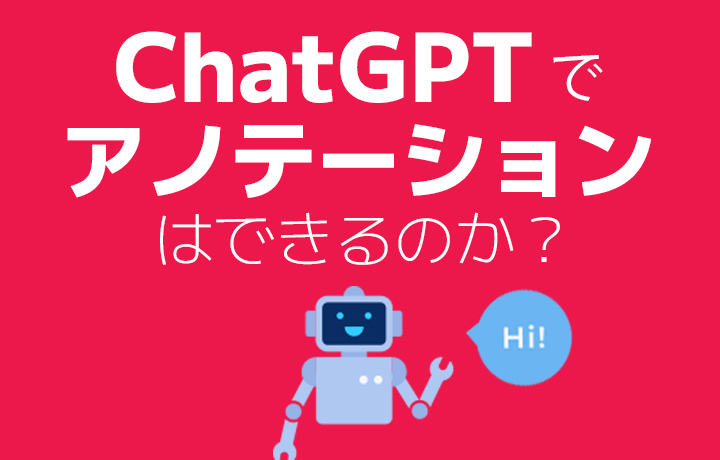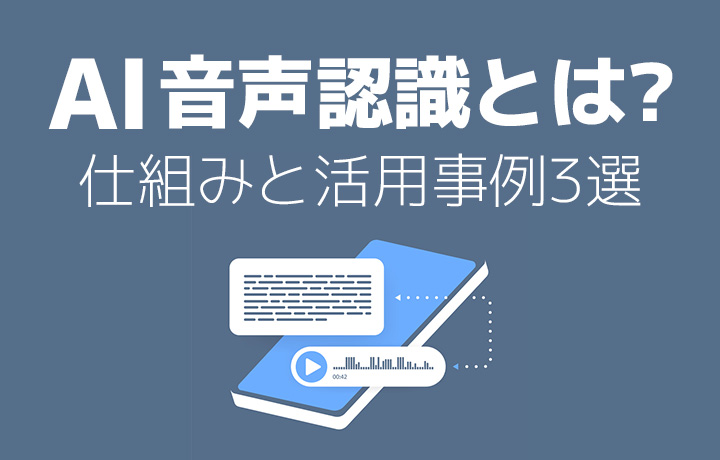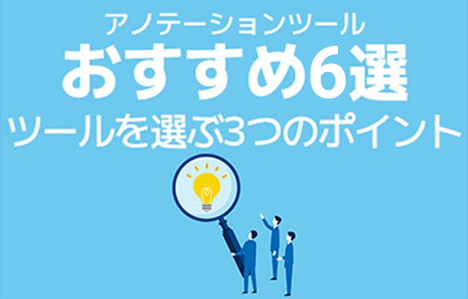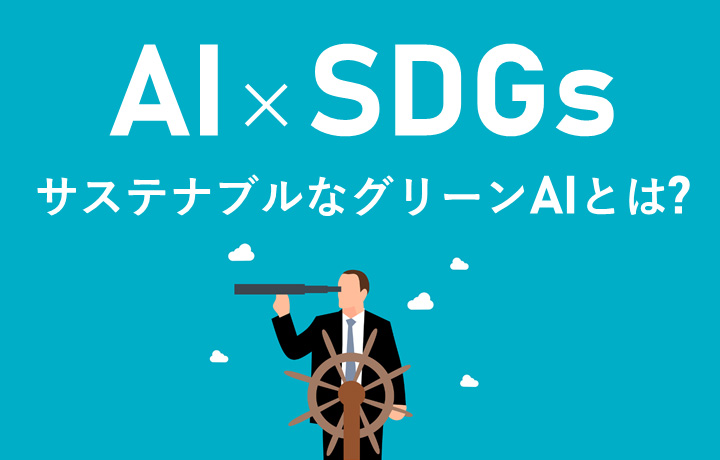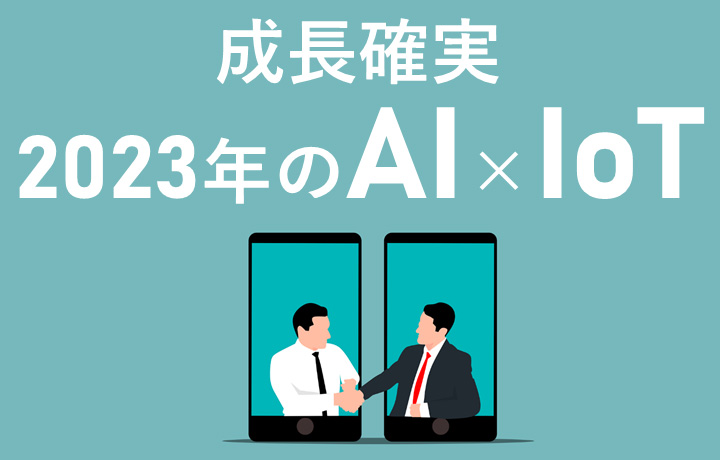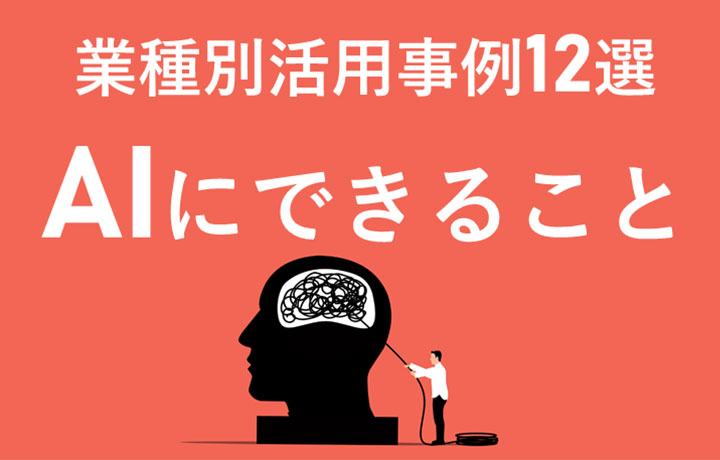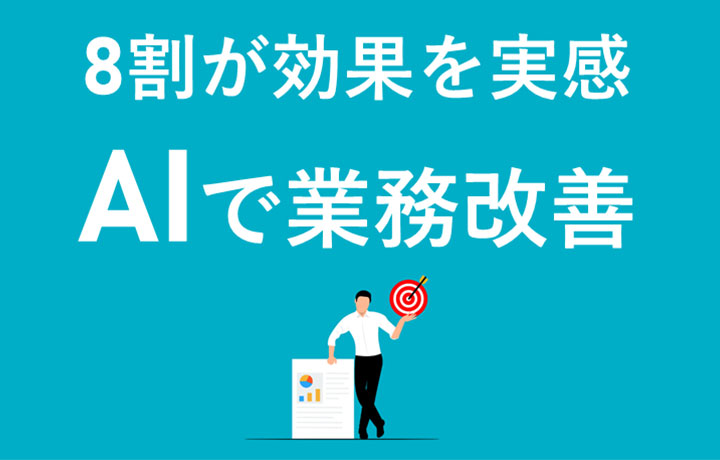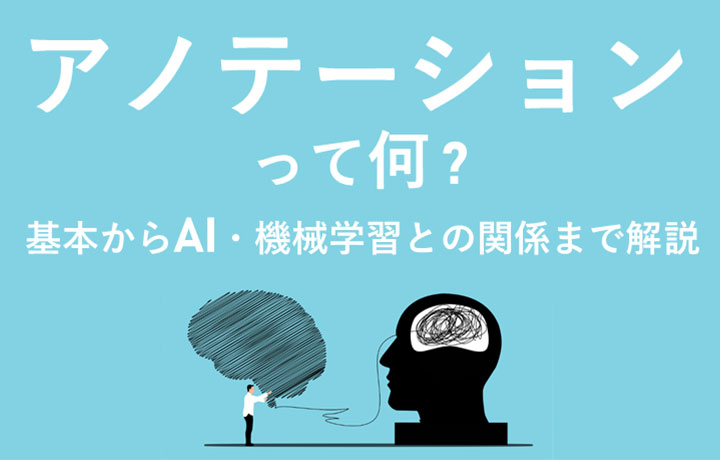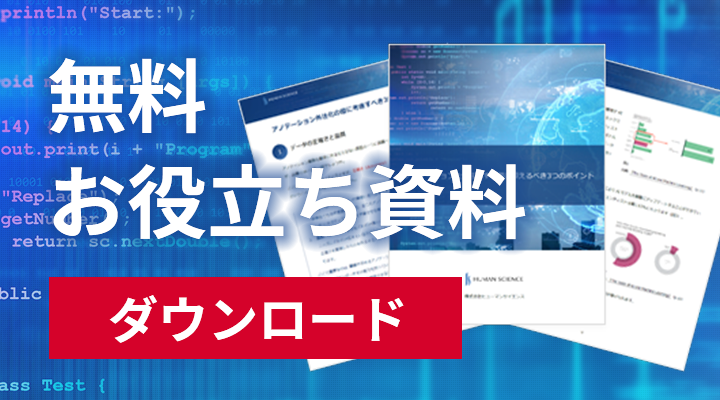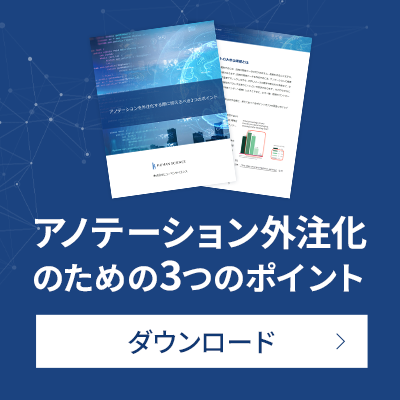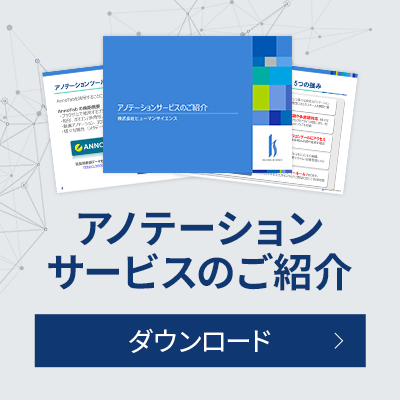
- Table of Contents
-
- 1. Current State of Digital Transformation in Manufacturing and Expectations for Generative AI
- 2. Key Areas Transformed by Generative AI and Its Impact on Manufacturing DX
- 2-1. Utilization of Generative AI in Design and Development
- 2-2. DX in Production Sites and Generative AI
- 2-3. Advancement of Quality Control
- 2-4. Use of Generative AI in Supply Chain and Management
- 3. Use Cases of Manufacturing DX and Generative AI in Japan and Abroad
- 3-1. Bosch: Enhancing Quality Models by Generating Defective Product Images Using Generative AI
- 3-2. GA Telesis: Support for Automating the Quotation Process
- 3-3. Honda Motor Co., Ltd. (Honda): Extraction and Structuring of Skilled Technician Know-How
- 3-4. AGC: RAG-Type AI Response Platform for Technical Knowledge
- 4. Challenges and Risks of Introducing Generative AI in Manufacturing DX
- 5. Essential Generative AI Data Infrastructure Development for Manufacturing DX
- 6. Summary
- 7. Human Science Teacher Data Creation, LLM RAG Data Structuring Outsourcing Service
1. Current State of Digital Transformation in Manufacturing and Expectations for Generative AI
DX in the manufacturing industry has so far been promoted mainly with the goal of improving production efficiency. Initiatives such as monitoring equipment operating status with IoT and automating administrative tasks with RPA have been introduced in many workplaces.
However, in reality, the challenges faced by companies continue to expand, including labor shortages, stagnation in skill succession, intensified international competition, supply chain disruptions due to geopolitical risks, and further demands such as carbon neutrality measures and ESG requirements. The traditional “efficiency-centered” DX is increasingly unable to keep up with these environmental changes.
Amid these circumstances, the focus is on "generative AI." Generative AI is a technology that uses large language models (LLM) like ChatGPT and image generation models to create new text, designs, and ideas based on past knowledge and data. This enables "knowledge utilization" and "value creation" that were difficult with conventional automation. Generative AI is expected to be a key to advancing manufacturing DX to the next stage.
Reference Blogs:
RPA Explained from the Basics. What Are the Differences from AI? Introducing Ways to Utilize RPA and AI Together.
4 Examples of AI × IoT Use Cases. What Will the IoT Market Look Like in 2023?
What Are LLM and RAG for Improving Work Efficiency? Explaining Business Applications of Generative AI
2. Key Areas Transformed by Generative AI and Its Impact on Manufacturing DX
Generative AI holds the potential to bring changes across a wide range of areas in the manufacturing industry. It goes beyond mere labor saving and cost reduction by organizing knowledge and data accumulated on-site but not yet utilized, making it readily accessible to anyone. This enables instant access to information that previously required considerable time to search for, and it can also instantly summarize key points from vast documents, thereby increasing work speed and enabling faster decision-making. Furthermore, by combining past insights to derive new design proposals and improvement measures, it is expected to create new value that conventional methods could not have conceived.
Now, let’s specifically look at which areas generative AI is utilized in manufacturing DX and what changes it brings.
2-1. Utilization of Generative AI in Design and Development
It will become possible to automatically generate new design proposals based on past design data and CAE analysis information. This will enable prototype evaluations that used to take several days to be completed in just a few hours, dramatically accelerating the speed of product development.
Additionally, by automatically creating specifications from CAD models and streamlining design reviews, early detection of design errors and strengthened collaboration between departments can be achieved.
2-2. DX in Production Sites and Generative AI
By automatically creating work manuals and training materials with generative AI, they can be shared on-site in a short period. This creates an environment where even new employees can become fully capable in a short time, serving as a countermeasure against labor shortages.
Furthermore, by summarizing IoT and MES data into easy-to-understand reports using generative AI, site leaders can quickly assess the situation, significantly speeding up trouble response and improvement activities.
2-3. Advancement of Quality Control
Defect occurrence logs and inspection results are analyzed by generative AI, which automatically generates reports proposing improvement measures. This accelerates the quality improvement cycle and enables yield improvement in a shorter period than before.
Additionally, by making the internal quality manual searchable in natural language, personnel can "immediately access the necessary information," significantly reducing inquiry handling and training workload.
2-4. Use of Generative AI in Supply Chain and Management
By analyzing market and procurement data and automatically generating demand forecasts and risk scenarios, it becomes possible to quickly respond to sudden supply shortages and price fluctuations. This speeds up decision-making by management and strengthens risk avoidance capabilities.
Furthermore, automating multilingual document creation significantly smooths communication with overseas bases and business partners, accelerating the pace of global expansion.
Reference Blogs:
AI Expansion into the Manufacturing Industry: Use Cases and Future Prospects of AI in Manufacturing
Use Cases and Benefits of Image Judgment AI for Manufacturing
3. Use Cases of Manufacturing DX and Generative AI in Japan and Abroad
The potential of generative AI has already begun to be validated in manufacturing industries both domestically and internationally. Overseas, its use combined with digital twins and simulations is advancing, and in Japan, pilot experiments are being conducted in the fields of education and quality control.
Here, we will introduce four particularly noteworthy concrete examples and examine what issues prompted their adoption and what changes have resulted.
3-1. Bosch: Enhancing Quality Models by Generating Defective Product Images Using Generative AI
Germany's Robert Bosch (Bosch) is utilizing generative AI to enhance automated optical inspection on manufacturing lines.
●Background and Challenges: It is not practical to collect images of all defect patterns that actually occur, leading to a shortage of data.
●Initiative Details: Artificial defect images are generated using generative AI and used to train good/bad product classification models. A strategy of training by combining actual image data with generated images is being employed.
●Results: Reports indicate a reduction in AI model training time, demonstrating the potential to strengthen quality inspection systems faster than before by using generative AI.
3-2. GA Telesis: Support for Automating the Quotation Process
GA Telesis, a U.S. aircraft parts and maintenance company, has introduced generative AI to handle atypical and complex quotation requests, streamlining its sales response process.
●Background and Challenges: Quotation requests are diverse and often require short lead times, but traditional manual handling takes time.
●Initiative Details: Implemented a system using Google Cloud's generative AI to analyze quotation request documents and automatically generate purchase orders and response drafts. The goal is to reduce the workload of sales representatives.
●Results: Reduced manual inventory inquiries and reference tasks, enabling faster customer responses. This has improved the response speed and flexibility of the sales process.
3-3. Honda Motor Co., Ltd. (Honda): Extraction and Structuring of Skilled Technician Know-How
Honda in Japan is advancing initiatives that utilize generative AI/LLM to database and make reusable the design documents and technical know-how scattered within the company.
●Background and Challenges: The tacit knowledge of skilled engineers is dispersed across PowerPoint presentations and design drawings, making it difficult to search and reuse as is.
●Initiatives: Introduced technology to extract text from documents and diagrams and structure it. Using generative AI, these data are organized into a knowledge base and prepared in a form that generative AI can easily reference through RAG and other methods.
●Results: Improvements have been reported in knowledge transfer and information searchability, as well as shortened modeling periods. This has made it easier for younger employees and other departments to utilize the expertise of skilled personnel, leading to knowledge succession and strengthening of technical capabilities across the entire organization.
3-4. AGC: RAG-Type AI Response Platform for Technical Knowledge
AGC, which handles chemical and glass materials, has created a knowledge base of internal technical know-how and troubleshooting insights, and introduced a generative AI response system equipped with RAG functionality.
●Background and Issues: It takes time for engineers to reach the necessary information, which hinders work efficiency.
●Initiatives: Structured scattered documents and built a system that allows inquiries in natural language through generative AI.
●Results: Responses to technical inquiries have become faster, leading to more efficient utilization of information.
4. Challenges and Risks of Introducing Generative AI in Manufacturing DX
While generative AI offers many benefits, there are also unavoidable challenges and risks when implementing it. Ignoring these can not only result in failing to achieve the expected outcomes but may even negatively impact business operations.
This chapter organizes the common challenges and risks that manufacturers face when introducing generative AI and reviews key points to be mindful of.
First, there is the issue of data governance. Design documents and production data contain intellectual property and confidential information. When allowing AI to use these, appropriate security and access management are essential.
Next is the issue of the accuracy of generative AI responses. Generative AI sometimes outputs "plausible misinformation (hallucinations)." To prevent this, human verification and measures to have RAG refer to highly reliable data are necessary.
There is also the challenge of whether it will be accepted on the front lines. AI's decisions can be like a black box, and on-site personnel may not be convinced. A company-wide effort to appropriately utilize AI will be the key to success.
Furthermore, visualizing the return on investment (ROI) is also important. Without quantitatively understanding how much labor reduction and quality improvement have been achieved by introducing generative AI, it is impossible to know whether it is truly successful.
Reference Blog:
Comprehensive Comparison of Open Source Generative AI: Optimal Solutions and Implementation Points for Different Business Scenes
5. Essential Generative AI Data Infrastructure Development for Manufacturing DX
To maximize the results of generative AI, it is essential to improve the quality of the data that AI references. In manufacturing, there are vast amounts of design documents, manuals, inspection reports, and work logs, but their formats and notations vary widely, and most of this is "unstructured data" that is difficult for AI to handle as is.
What becomes important here is the development of a data infrastructure. Tagging and classifying documents and design data, and standardizing technical terms to make them easier for AI to understand. In some documents, there may be a mix of incorrect or outdated information, and the documents themselves may also contain inconsistencies. For these, data cleansing such as carefully reviewing and correcting the content is necessary. Furthermore, dividing knowledge into smaller units to improve search accuracy, and normalizing inspection logs and reports to ensure consistency. By carrying out such preparations, it becomes possible for generative AI to "search correctly and generate correctly."
This is a concept that also connects to traditional annotation (creating training data). In addition to labeling for discriminative AI, organizing and structuring knowledge suitable for utilizing generative AI will be a major factor leading to the success of DX in the manufacturing industry going forward.
Reference blog:
What is curation in generative AI/LLM model construction? An easy-to-understand explanation of the tasks and importance
6. Summary
Until now, the main goal of DX in manufacturing has been efficiency through the use of IoT and RPA. However, going forward, it is necessary to evolve by incorporating generative AI to leverage knowledge and create new value. In other words, the shift will be from a "stage focused on efficiency" to a "stage of value creation."
To achieve this, it is essential first to establish a high-quality data foundation that enables generative AI to handle reliable information. It is also important to develop a system that allows on-site personnel to use it naturally in their daily work. Furthermore, from a management perspective, it is necessary to properly measure the return on investment and clearly determine how much it has contributed to improving the company's competitiveness.
Generative AI is not merely a tool for efficiency; it is considered to be an entity that enables companies to rebuild their competitiveness within the industry and pioneer a new stage of DX.
7. Human Science Teacher Data Creation, LLM RAG Data Structuring Outsourcing Service
Over 48 million pieces of training data created
At Human Science, we are involved in AI model development projects across various industries, starting with natural language processing, including medical support, automotive, IT, manufacturing, and construction. Through direct transactions with many companies, including GAFAM, we have provided over 48 million high-quality training data. We handle a wide range of training data creation, data labeling, and data structuring, from small-scale projects to long-term large projects with a team of 150 annotators, regardless of the industry.
Resource management without crowdsourcing
At Human Science, we do not use crowdsourcing. Instead, projects are handled by personnel who are contracted with us directly. Based on a solid understanding of each member's practical experience and their evaluations from previous projects, we form teams that can deliver maximum performance.
Generative AI LLM Dataset Creation and Structuring, Also Supporting "Manual Creation and Maintenance Optimized for AI"
We support not only labeling for data organization and training data creation for identification-based AI, but also the structuring of document data for generative AI and LLM RAG construction. Since our founding, manual production has been our main business and service, and we now also provide support for "organizing business knowledge and manualization toward future generative AI and RAG introduction and utilization." We offer optimal solutions leveraging our unique expertise deeply familiar with the structure of various documents.
Secure room available on-site
Within our Shinjuku office at Human Science, we have secure rooms that meet ISMS standards. Therefore, we can guarantee security, even for projects that include highly confidential data. We consider the preservation of confidentiality to be extremely important for all projects. When working remotely as well, our information security management system has received high praise from clients, because not only do we implement hardware measures, we continuously provide security training to our personnel.
In-house Support
We provide staffing services for annotation-experienced personnel and project managers tailored to your tasks and situation. It is also possible to organize a team stationed at your site. Additionally, we support the training of your operators and project managers, assist in selecting tools suited to your circumstances, and help build optimal processes such as automation and work methods to improve quality and productivity. We are here to support your challenges related to annotation and data labeling.

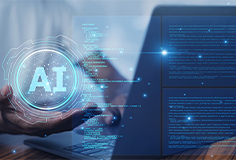 Text Annotation
Text Annotation Voice Annotation
Voice Annotation Image & Video Annotation
Image & Video Annotation Generative AI, LLM, RAG Data Structuring
Generative AI, LLM, RAG Data Structuring
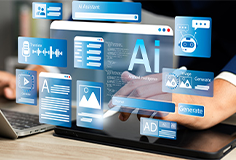 AI Model Development
AI Model Development In-house Support
In-house Support For the medical industry
For the medical industry For the automotive industry
For the automotive industry For the IT industry
For the IT industry






